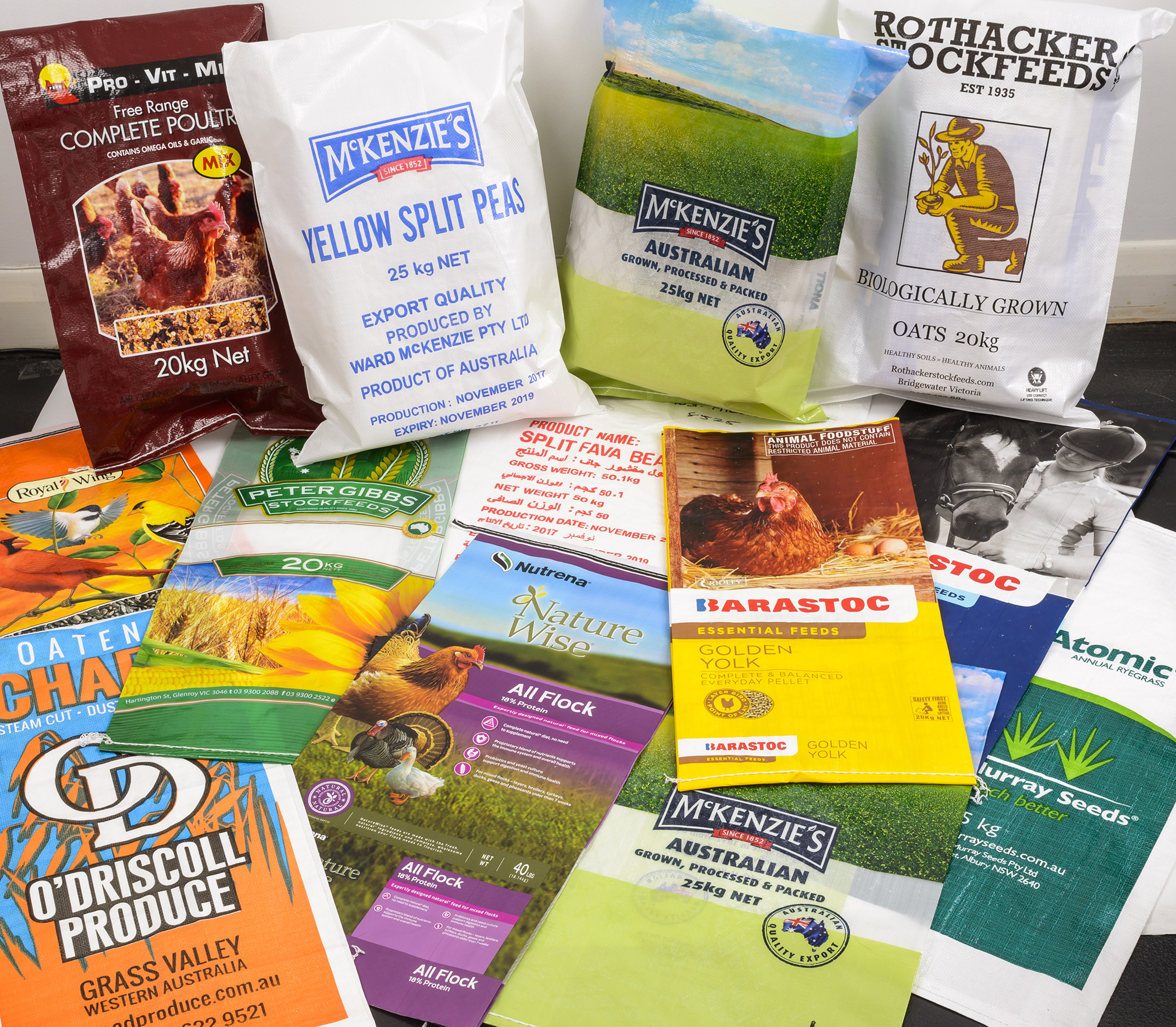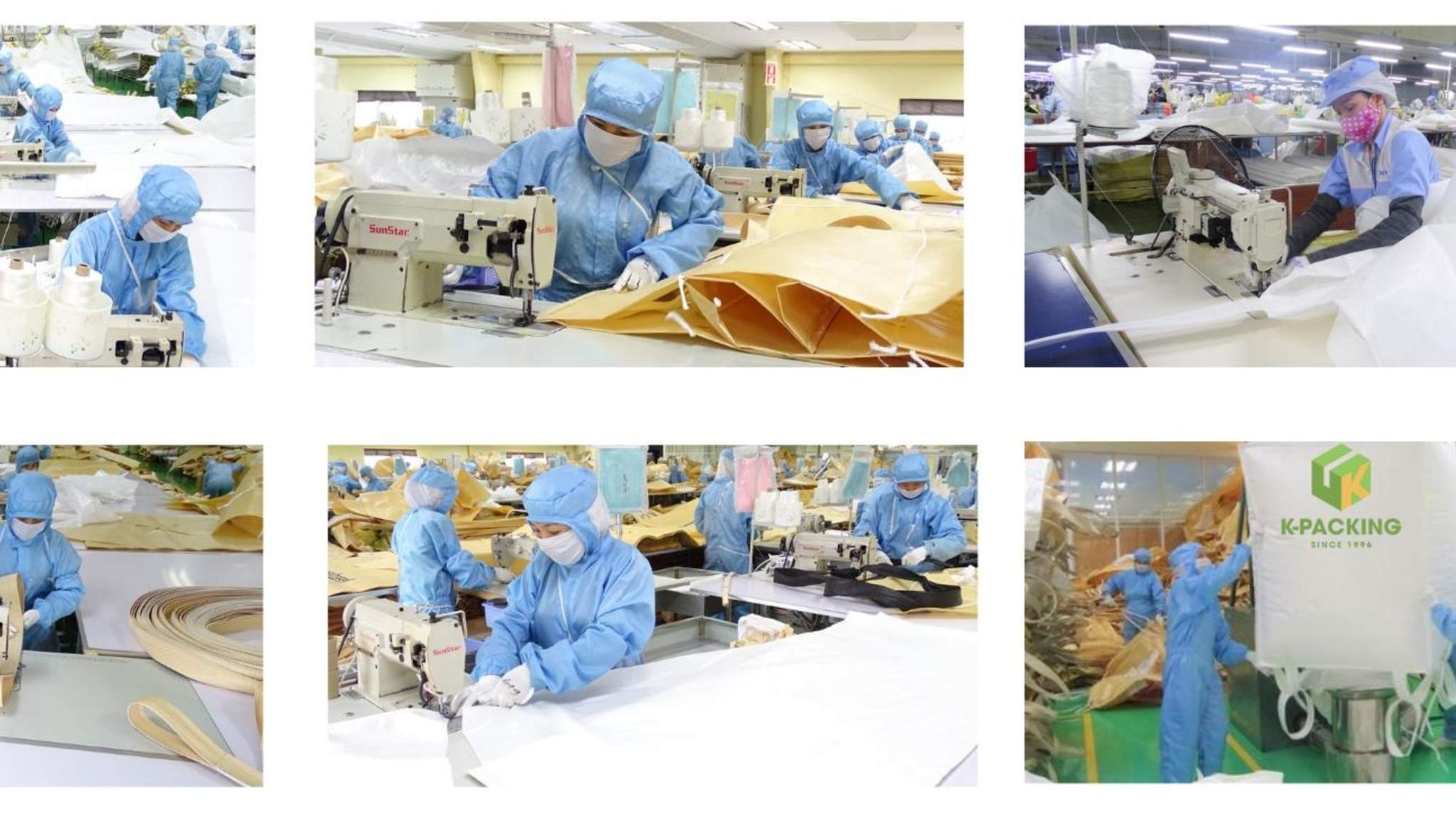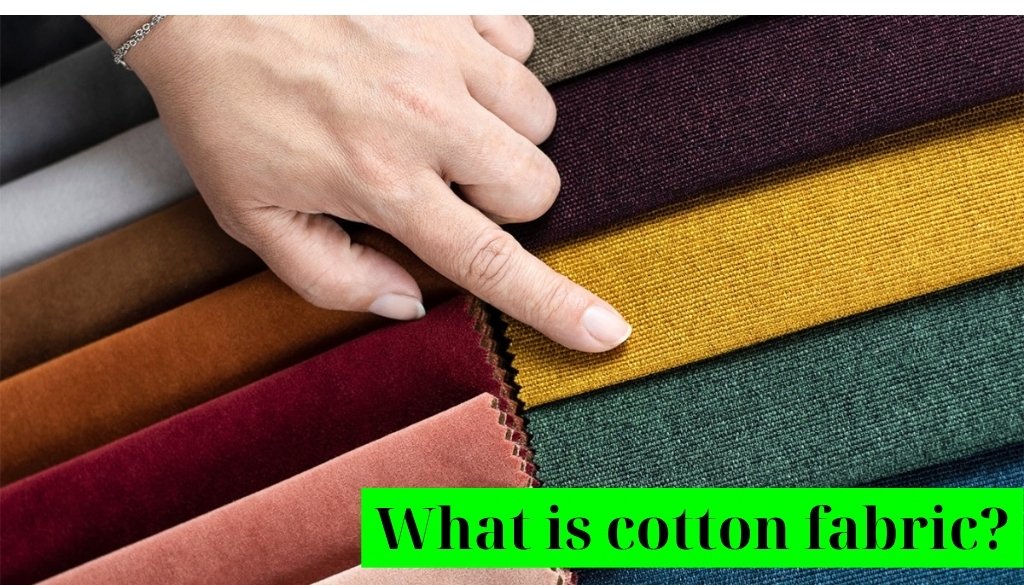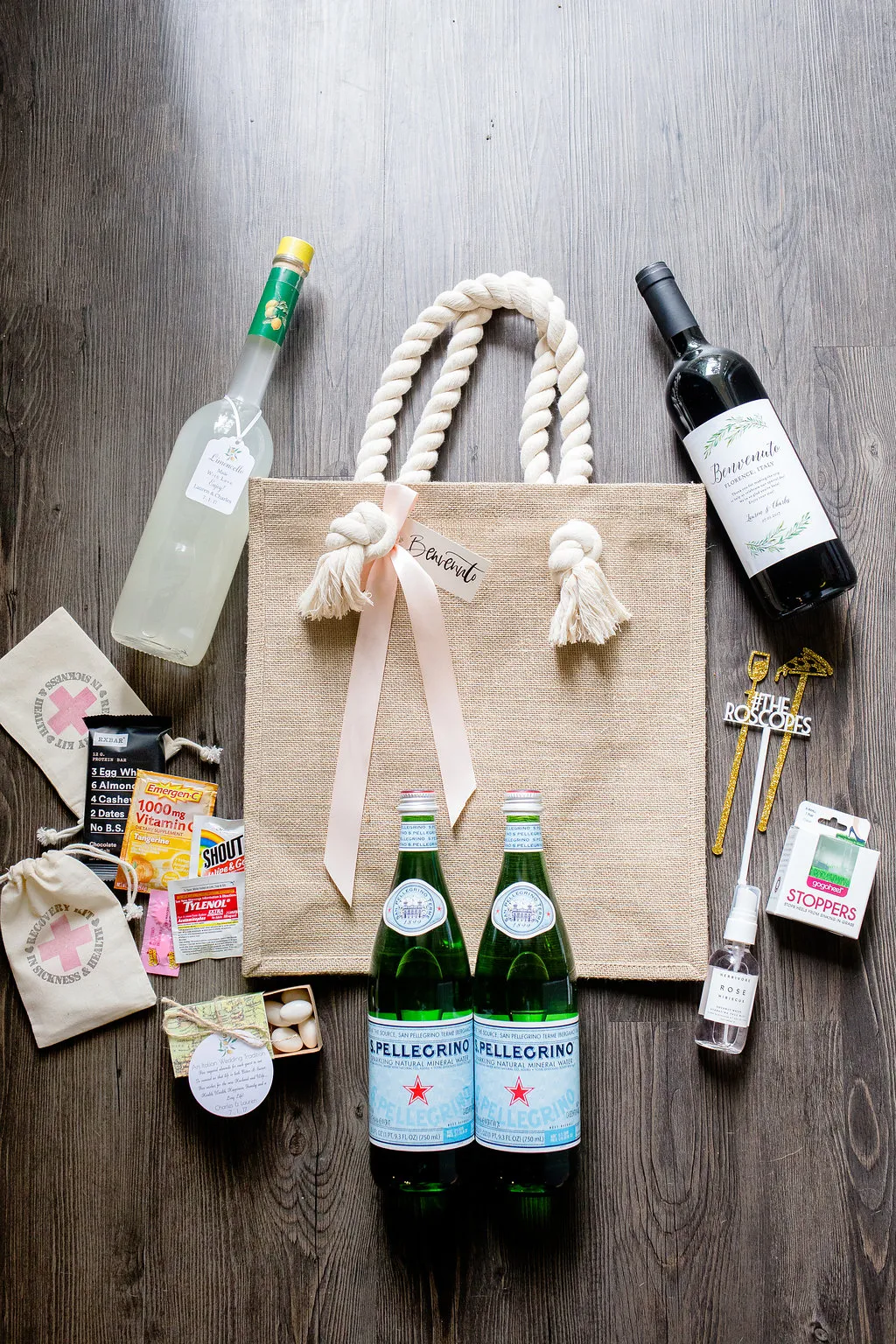Should plastic shopping bags be banned? It’s a question that’s sparked debates everywhere – from supermarkets to government offices. Some see bans as a vital step to protect the planet, while others worry about losing convenience and affordability.
The issue isn’t as simple as it seems. Plastic bags are deeply woven into our daily lives – but what if the answer isn’t just banning them, but changing how we use them? Let’s take a closer look at what’s really behind the debate and where the balance between practicality and sustainability might lie.
1. Should plastic shopping bags be banned
The debate around banning plastic shopping bags has intensified globally, driven by growing concerns about pollution, marine waste, and the overuse of fossil-based materials. Every year, more than 500 billion plastic bags are consumed worldwide, and many end up in landfills or oceans, where they can take centuries to decompose. This has pushed governments and environmental organizations to take action – from France and Canada to Kenya and California, bans and restrictions are reshaping the way we think about everyday packaging.
Recent studies confirm that plastic bag bans truly work when they are well-designed and properly implemented. According to the Plastic Bag Bans Work report by Environment Oregon and CALPIRG (2024), bans enacted in five major regions – New Jersey, Vermont, Philadelphia, Portland (Oregon), and Santa Barbara (California) – have collectively cut single-use plastic bag consumption by around 6 billion bags per year. That’s enough to circle the Earth 42 times. The same study estimates that similar bans could eliminate roughly 300 single-use bags per person annually, significantly reducing plastic litter and pollution in local communities.
However, while bans are effective in cutting single-use waste, they’re not a complete environmental solution. Life Cycle Assessment (LCA) studies by RMIT University and the UK Environment Agency have shown that alternative materials like paper or cotton, though biodegradable, require much more energy, water, and land to produce. For example, a cotton bag must be reused over 100 times to offset the carbon footprint of one HDPE bag.
Therefore, instead of a total ban, the more sustainable approach is a balanced system that combines regulation, consumer education, and product innovation. Manufacturers like us are developing durable PP woven, rPET, and biodegradable bags that can be reused hundreds of times and recycled at the end of their life.
For businesses, the key is not to eliminate plastic altogether but to transition toward circular design – ensuring every bag is designed to be reused, recollected, and reprocessed responsibly. This approach reduces waste, maintains affordability, and aligns with global sustainability goals while supporting both consumers and the environment.
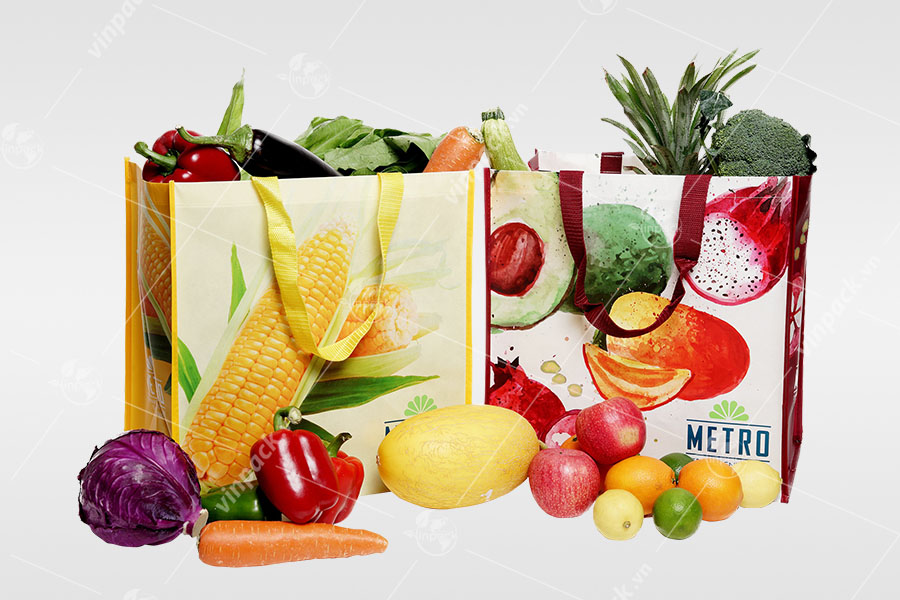
Following this direction, many retailers and manufacturers have begun taking concrete steps to reshape consumer behavior and reduce unnecessary plastic use. One of the most effective strategies adopted worldwide is the bag fee policy – a simple yet powerful measure that discourages single-use habits and promotes the shift toward reusable shopping bags.
And that leads to the next question: why are stores charging for bags, and how does it actually help both businesses and the planet?
2. Why are stores charging for bags?
Many retailers around the world have begun charging for plastic shopping bags – not to increase profits, but to encourage more responsible consumer behavior. This approach, often called a “bag fee” or “plastic levy,” aims to reduce single-use plastic waste by making customers think twice before requesting a new bag.
The results have been remarkable. In the UK and across several EU countries, introducing a small charge of just €0.05–€0.10 per bag led to a 70–90% drop in plastic bag usage within the first year. Similar outcomes were observed in countries like Ireland, South Africa, and Australia, where legislation and store policies jointly promoted reusable alternatives.
Governments and environmental agencies are now encouraging this shift on a broader scale. Many have introduced national policies that promote or even mandate the use of reusable shopping bags made from PP woven, rPET, or cotton materials. For example, the European Union’s Directive (EU) 2015/720 requires member states to cut plastic bag consumption dramatically, while California and New York have combined bag fees with incentives for bringing personal reusable bags.
As more retailers and governments adopt bag fees and encourage reusable options, the focus is shifting from restriction to innovation. Instead of simply limiting bag usage, businesses are now rethinking how bags are made, used, and reused.
This new approach centers on quality and longevity – creating shopping bags that last longer, carry more, and can be reused hundreds of times without losing functionality. In other words, the future of sustainable packaging isn’t just about using less plastic, but about making stronger, smarter bags that deliver both performance and environmental value.
That’s why the next crucial question is: why do plastic shopping bags need to be durable and strong?
3. Why would plastic shopping bags need to be durable and strong?
Durability and strength are key characteristics that define the usefulness – and environmental impact – of plastic shopping bags. While early single-use bags were designed for convenience, modern sustainability standards now emphasize longevity, reusability, and material efficiency.
From a manufacturing perspective, durability reduces total material waste. A stronger bag can carry heavier loads and withstand multiple uses, meaning fewer bags are produced and discarded over time. High-Density Polyethylene (HDPE) and Polypropylene (PP) are commonly used because they offer excellent tensile strength, tear resistance, and flexibility while remaining lightweight. These features make them ideal for retail, grocery, and industrial packaging applications.
For businesses, producing stronger bags aligns with eco-design principles – creating products that perform better and last longer without adding extra material weight or cost. A well-engineered PP woven or rPET bag, for example, can be reused 50 to 200 times, greatly reducing its carbon footprint compared to thin single-use alternatives.
Durability also supports consumer convenience and brand reliability. Customers are more likely to reuse a bag that feels sturdy and well-made, turning it into a moving advertisement for the brand every time it’s used. In this way, durability not only benefits the environment but also enhances brand visibility, cost-efficiency, and long-term sustainability performance.

3.1 Why do shopping bags have wide straps?
Wide straps make shopping bags stronger, more comfortable, and longer-lasting. By distributing weight evenly, they prevent the material from tearing and reduce pressure on your hands or shoulders – especially when carrying heavy groceries or bottles.
For example, PP woven supermarket bags or cotton tote bags from brands like IKEA and MUJI use wide straps to improve comfort and durability, encouraging customers to reuse them hundreds of times. This not only extends the bag’s lifespan but also reduces waste.
From a design perspective, wide straps also create space for logos or brand messages, turning every reusable bag into a moving piece of marketing – practical, sustainable, and stylish all at once.
Conclusion
The goal isn’t to eliminate plastic bags completely, it’s to use them smarter and design them better. When shopping bags are durable, comfortable, and reusable, they naturally stay in use longer and reduce waste.
For consumers, that means bringing reusable bags and using them repeatedly. For businesses, it means adopting circular production, where every bag is reused, recollected, or recycled instead of thrown away.
Together, consumers, businesses, and manufacturers can make a real difference by rethinking how bags are made and used, and turning everyday shopping into a step toward a cleaner, more sustainable future.



